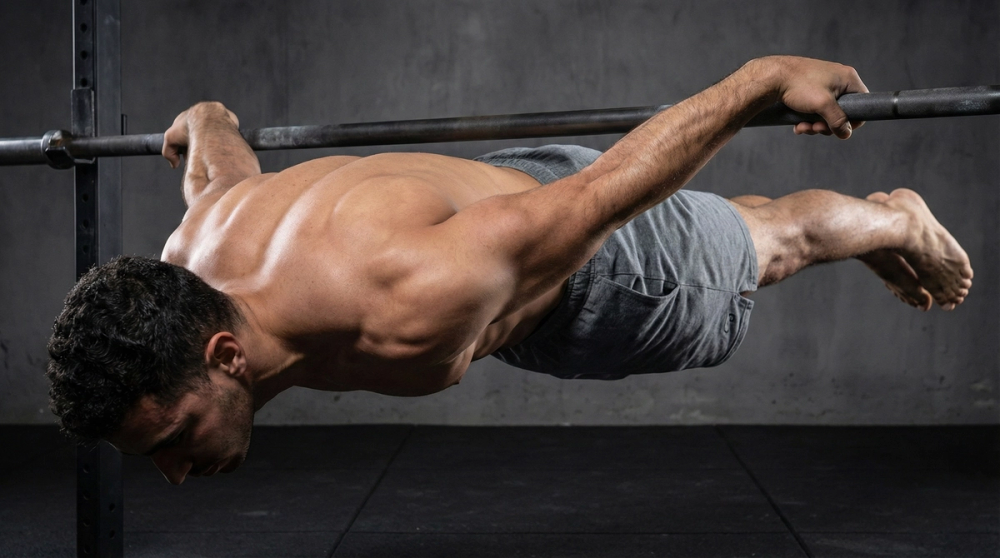
All Calisthenics Static Holds Explained + Full Diagram
A detailed breakdown of all calisthenics statics. Learn about muscle activation, movement patterns, and precise execution for every isometric skill.
Impara tutto quello che devi sapere sulla calisthenica

A detailed breakdown of all calisthenics statics. Learn about muscle activation, movement patterns, and precise execution for every isometric skill.

Calisteniapp v25.12.0 introduces program pause, performance improvements, and the 10’ Workout Challenge 2026. No shortcuts, just better tools
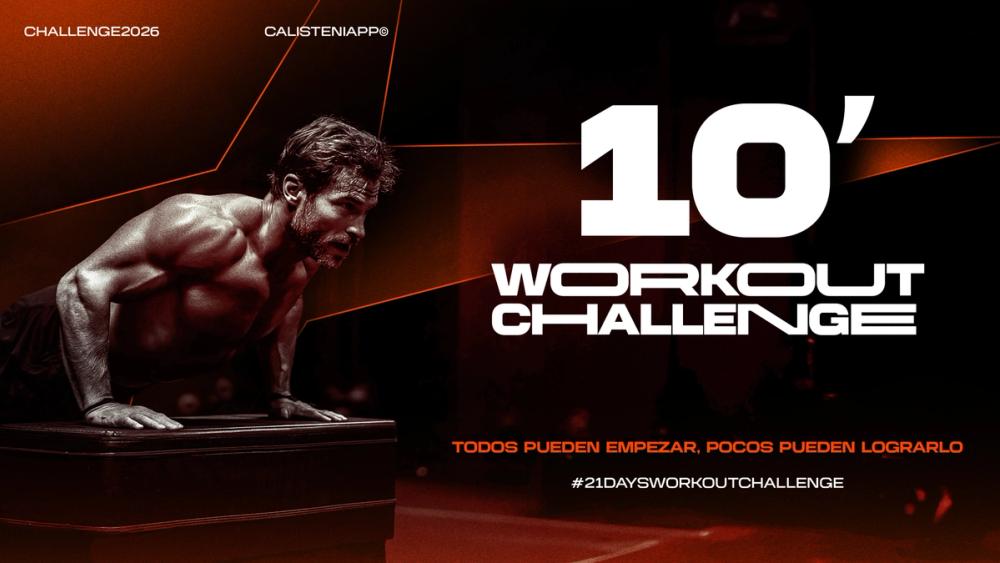
Start training or give your routines a boost with this 21-day Calisthenics challenge for all levels that will put your discipline to the test.
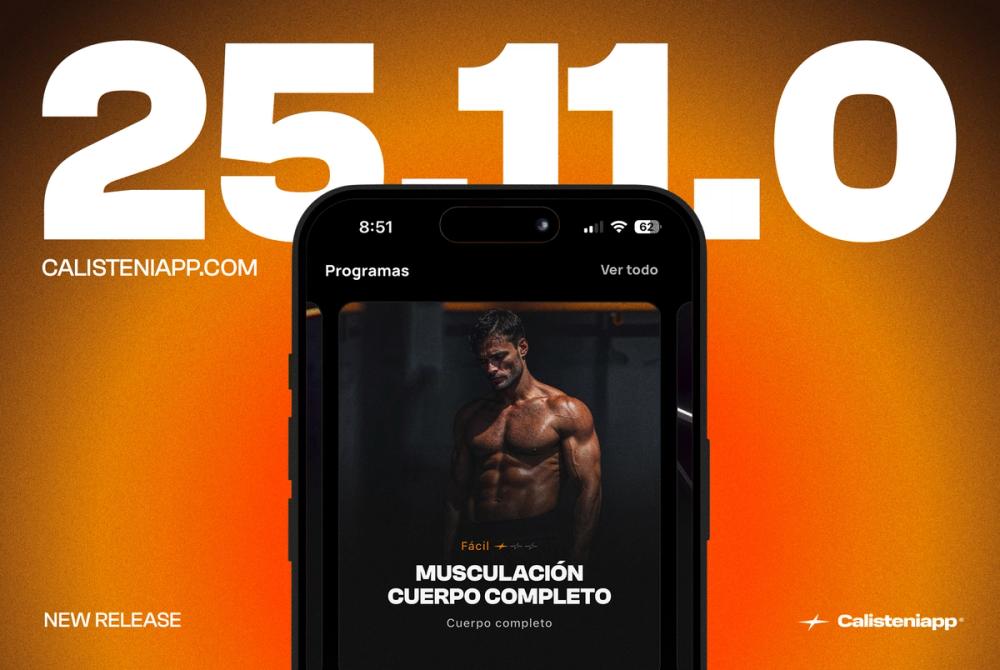
Calisteniapp is a symbol that represents our obsession with excellence, our essence, and the path we want to define for the next ten years.

Descubre los mejores ejercicios de antebrazo para calistenia. Mejora fuerza, agarre y control corporal con entrenamientos efectivos sin pesas.

Discover the 20 most effective ab exercises to train and strengthen your core through calisthenics.

New unified planning in Calisteniapp: manage workouts, routines, and challenges in one place. Now with French support and improved stability.

Discover the 10 best calisthenics back exercises — strengthen your lats, traps, and rhomboids without using weights.
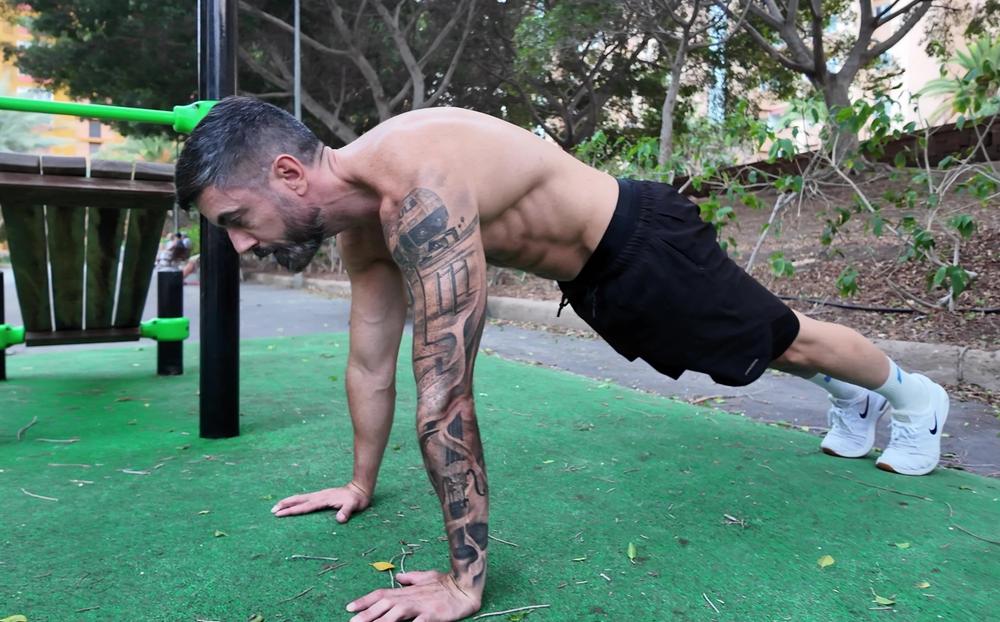
Discover a complete intermediate calisthenics routine — full body, no equipment, and with progressions to keep building strength and muscle mass.
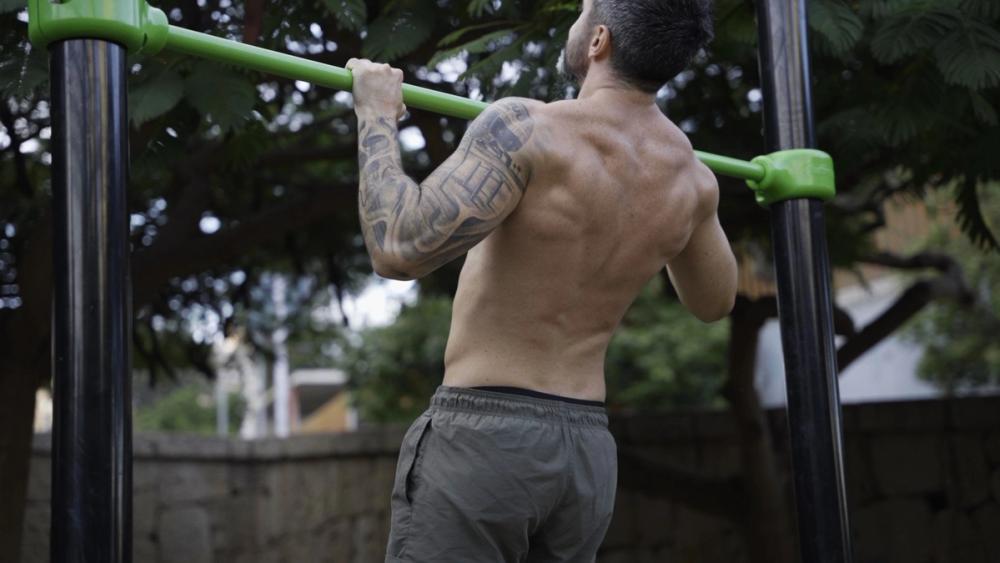
Learn how to do pull-ups with this complete guide. Exercises, progressions, bar types, and more to build muscle and strength.
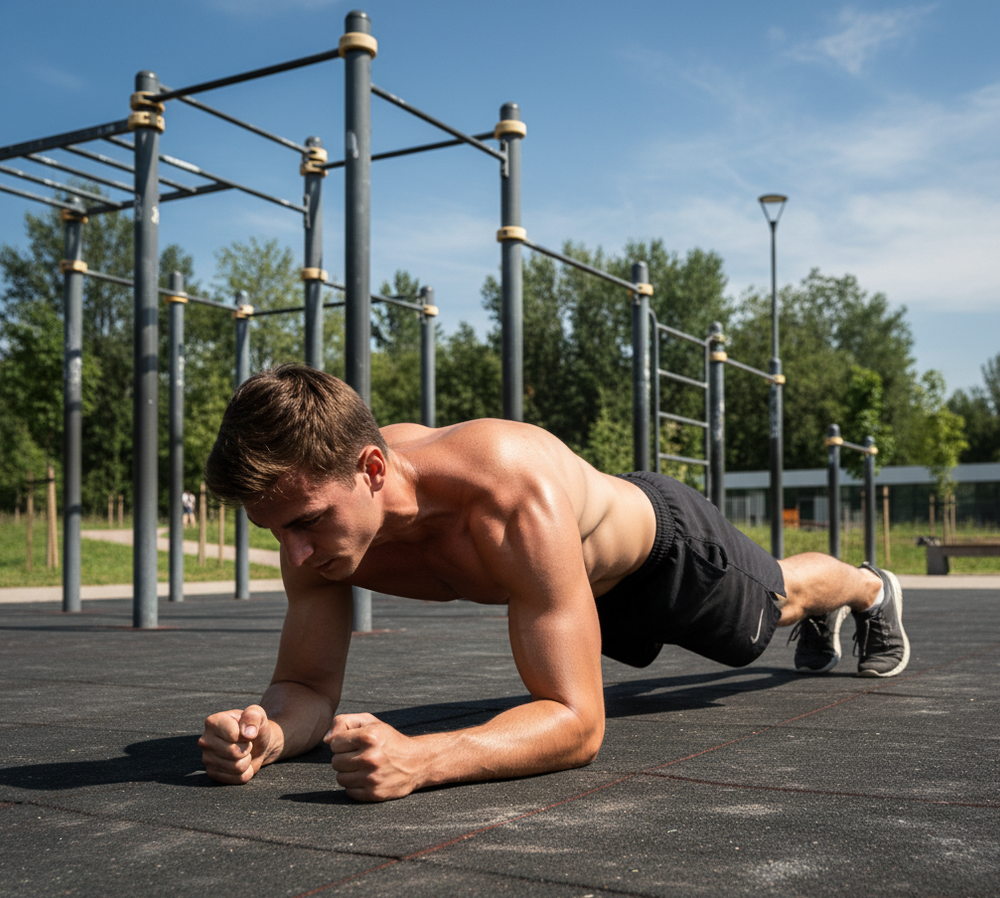
Discover the 10 best types of abdominal plank to train your abs. Learn about the benefits, proper technique, and progressions for every level.
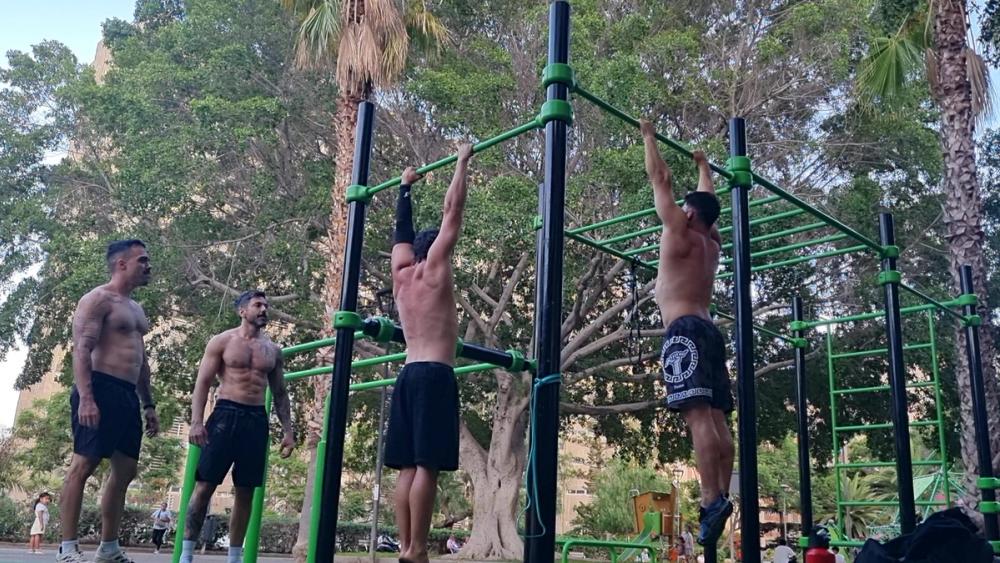
Discover the benefits of training calisthenics at home or outdoors. Improve your strength, posture, and fitness—no weights or machines needed.